The Bohemian Waxwing (Bombycilla garrulus) is one of the most beautiful and colorful bird species in the world. It is a captivating and charismatic bird that enchants birdwatchers and nature lovers with its striking appearance and unique behaviors. With its sleek plumage, distinctive crested head, and vibrant wing patterns, the Bohemian Waxwing stands out as a true gem in the avian world.
Bohemian Waxwing video
Bohemian Waxwing images
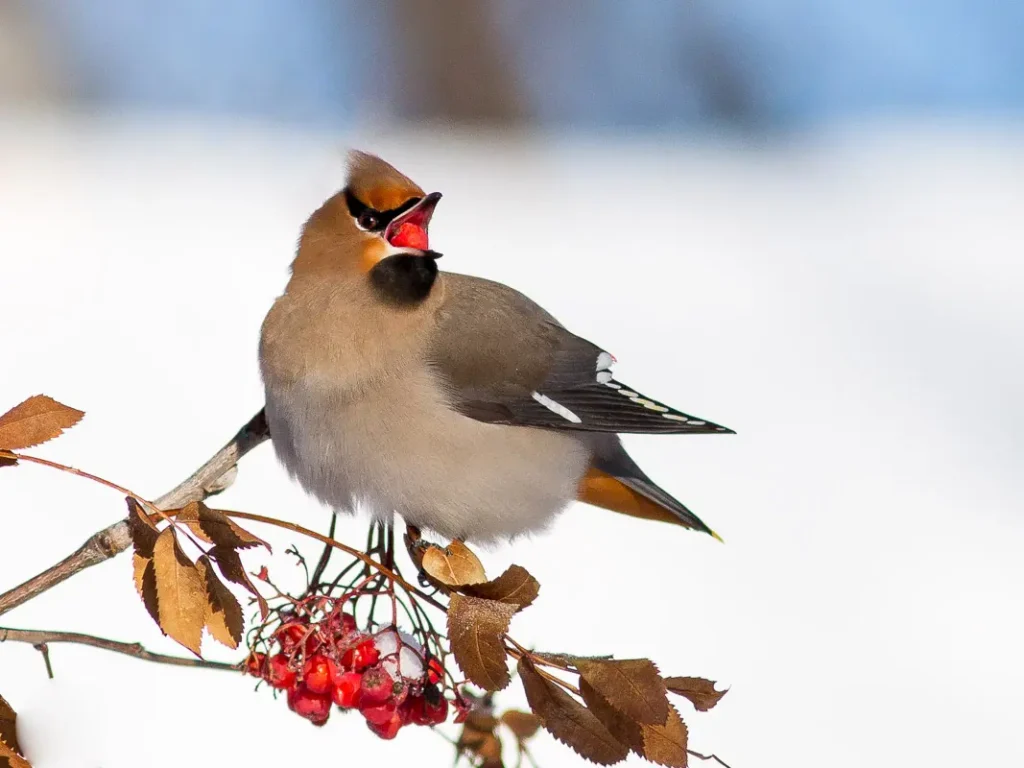
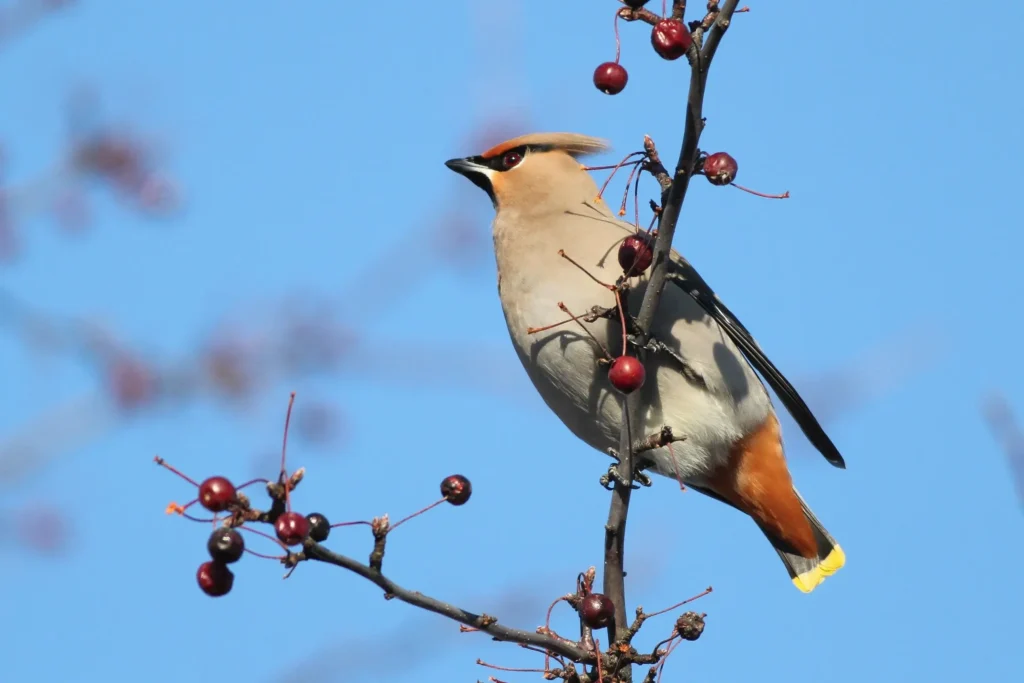
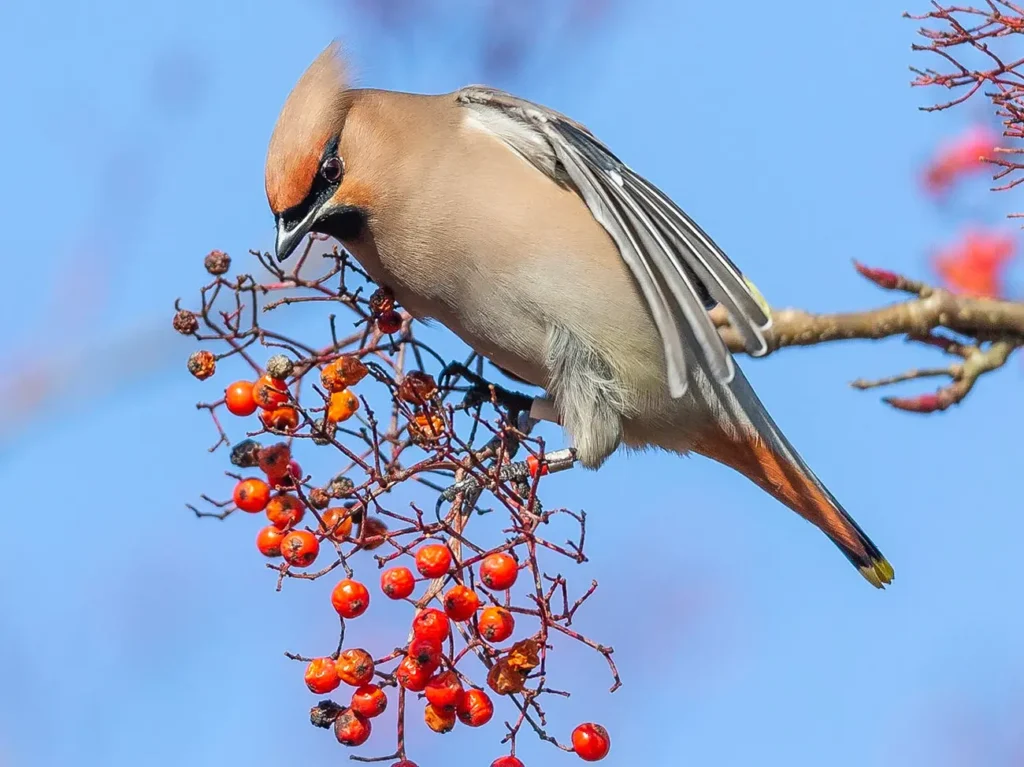
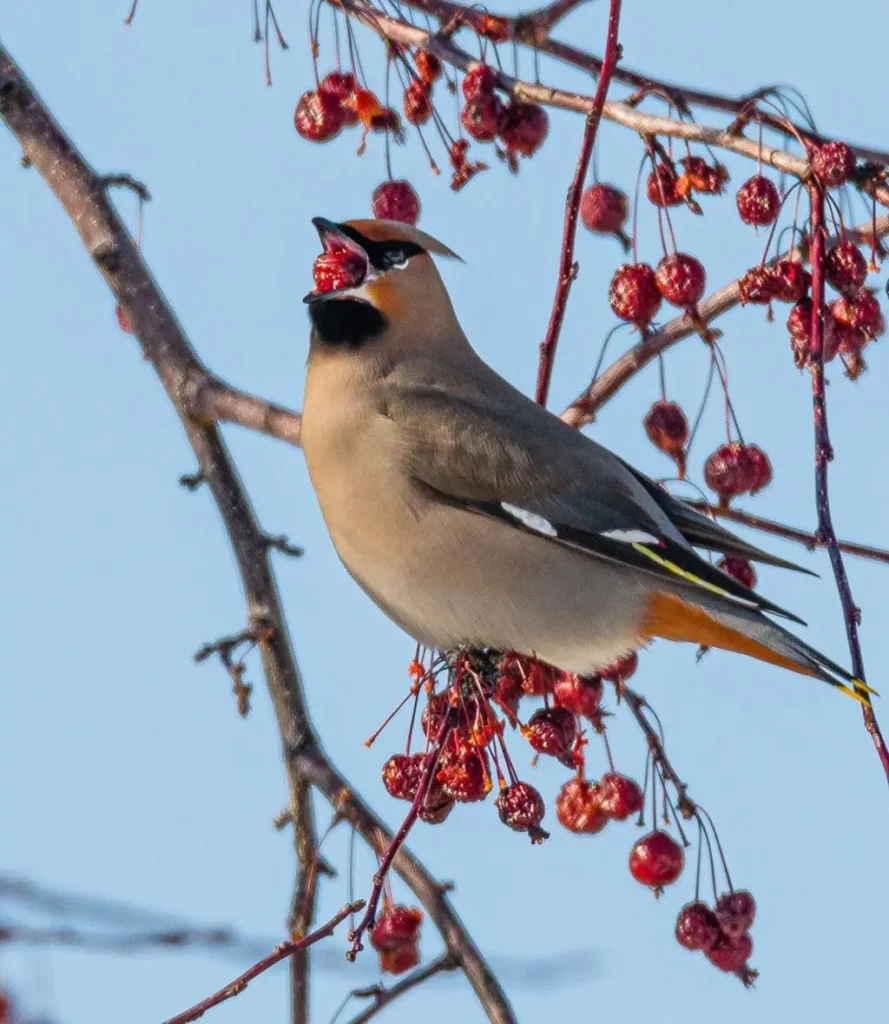
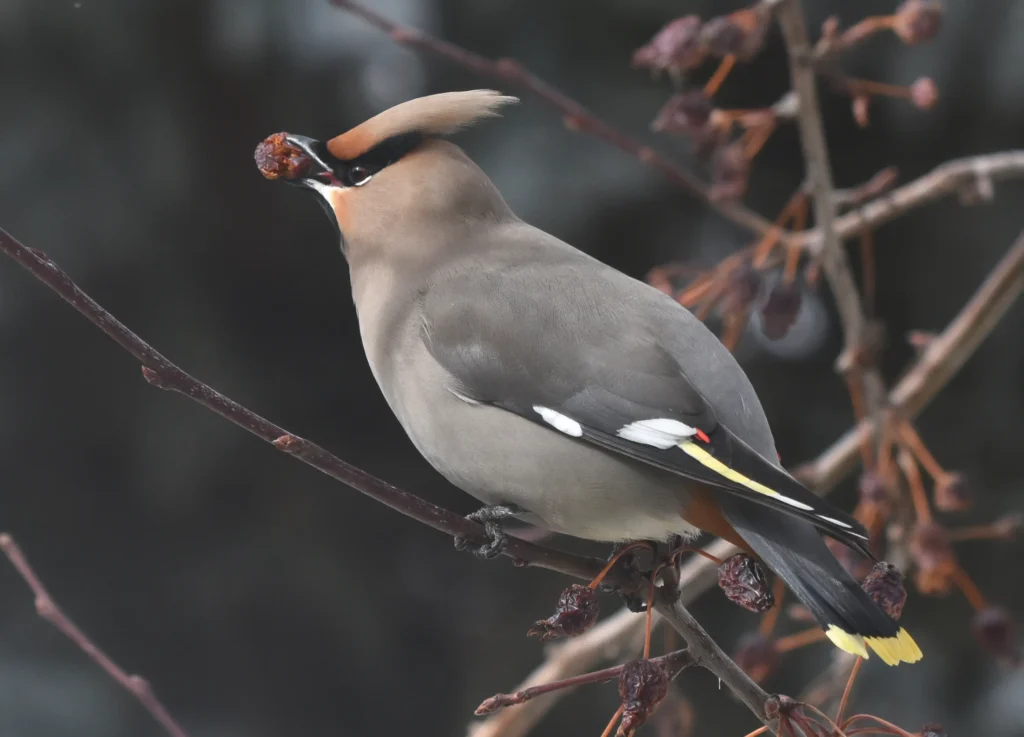
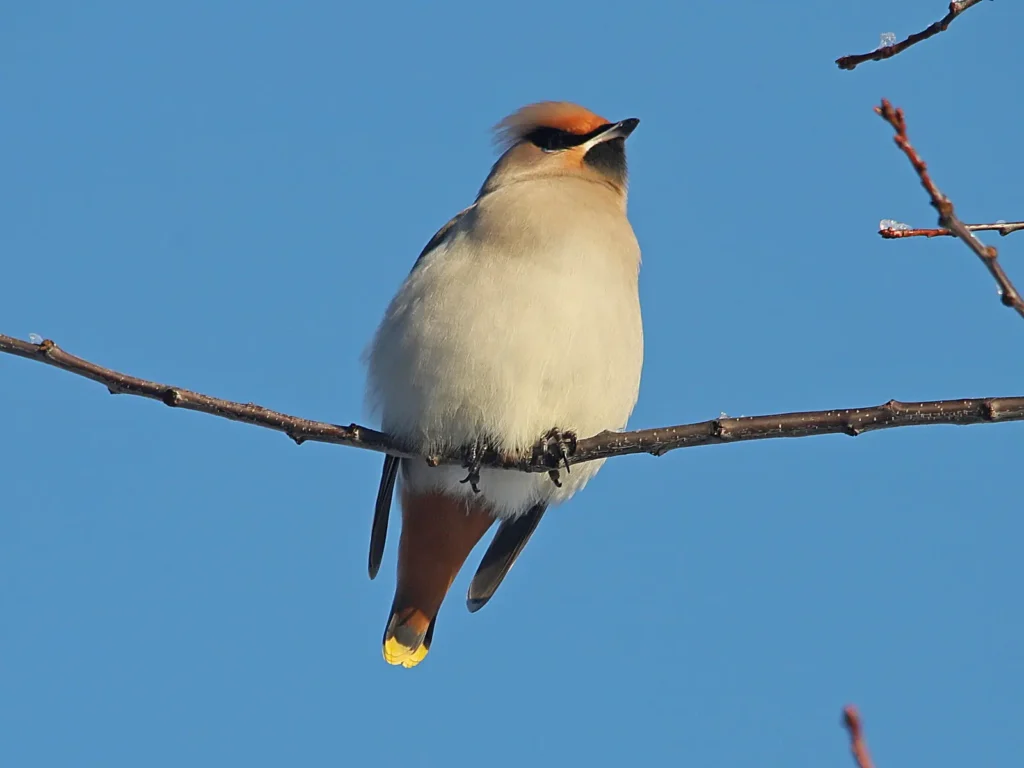
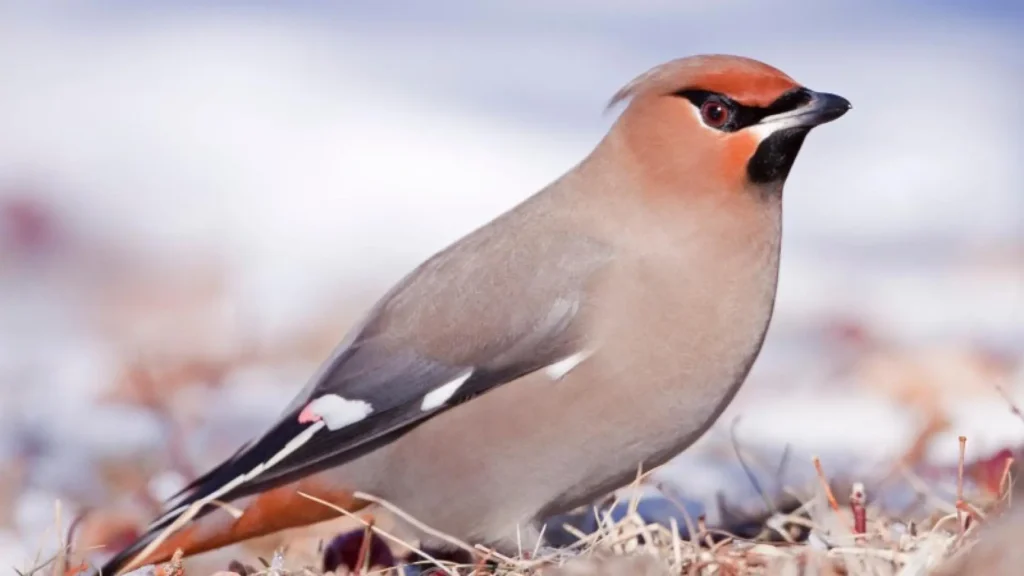
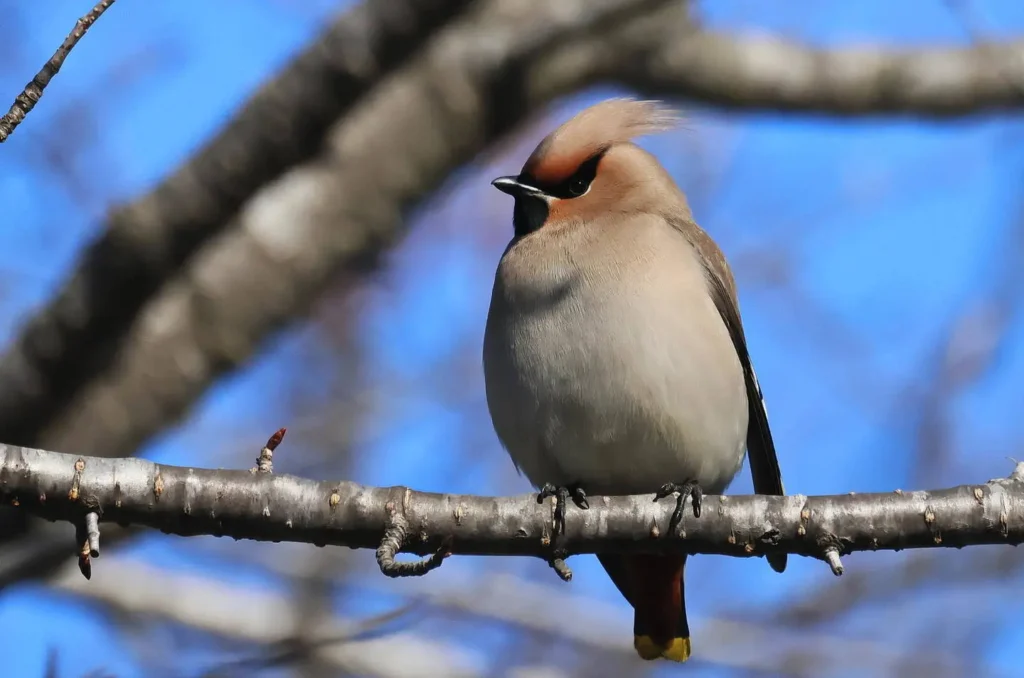
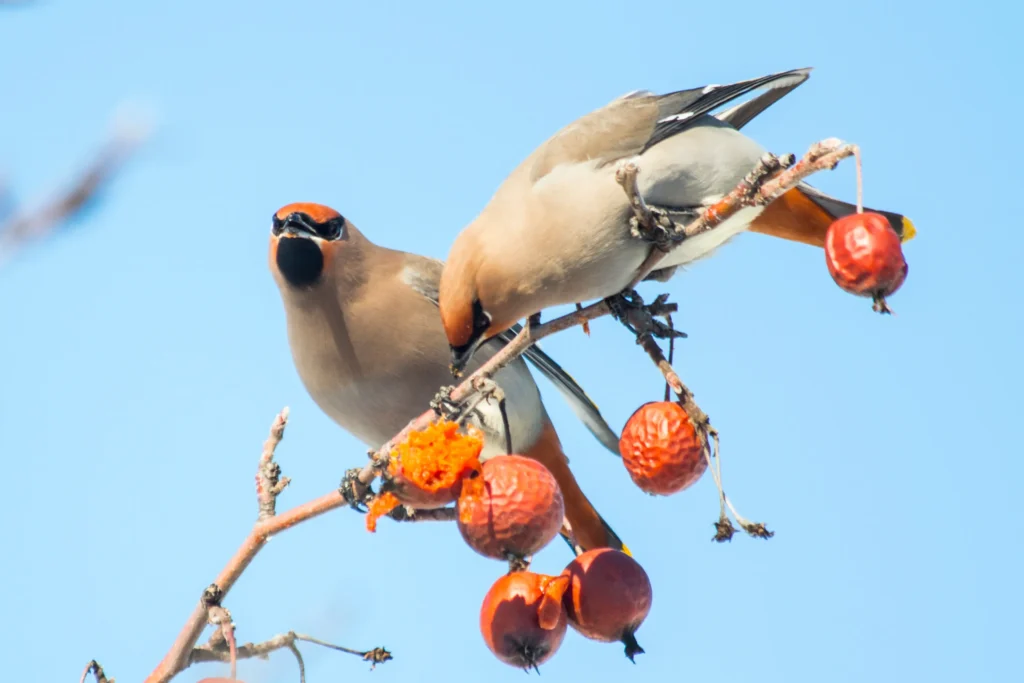
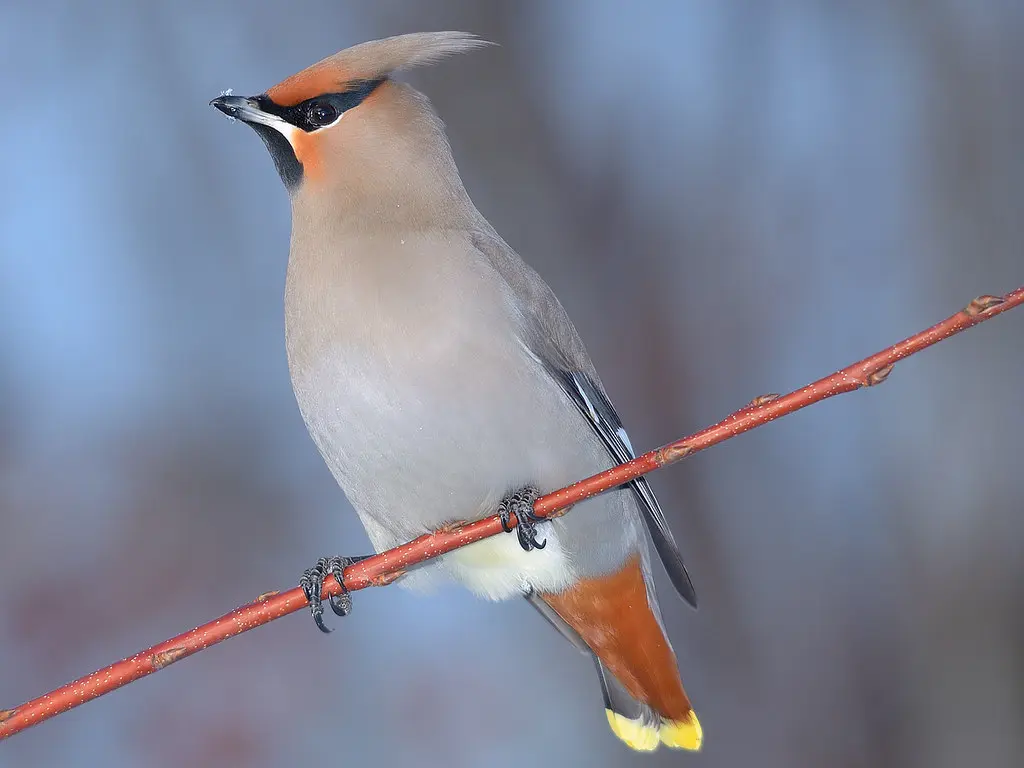


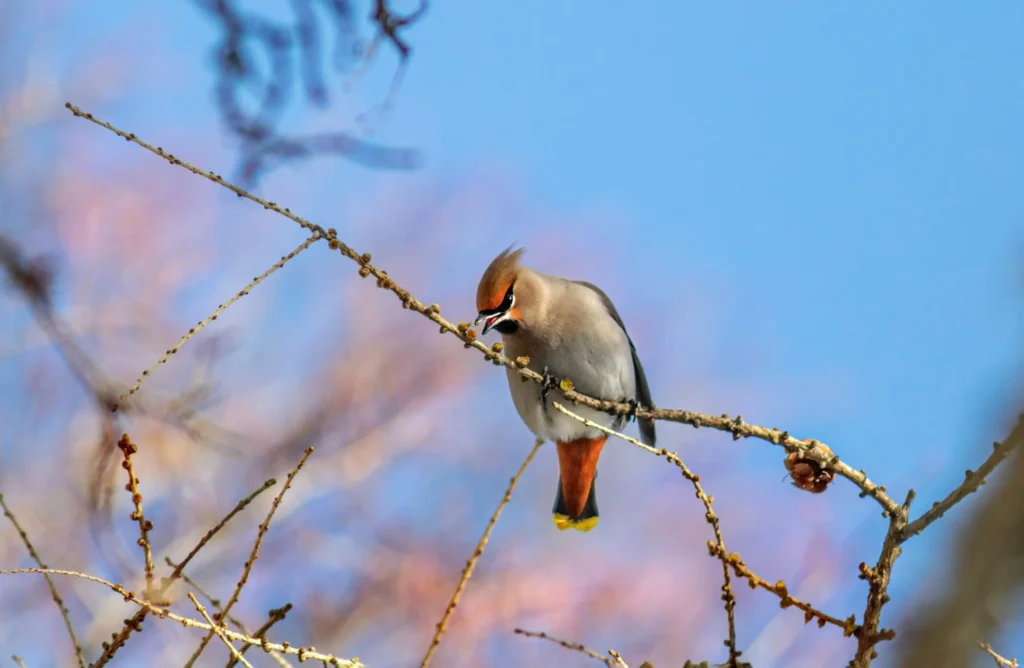
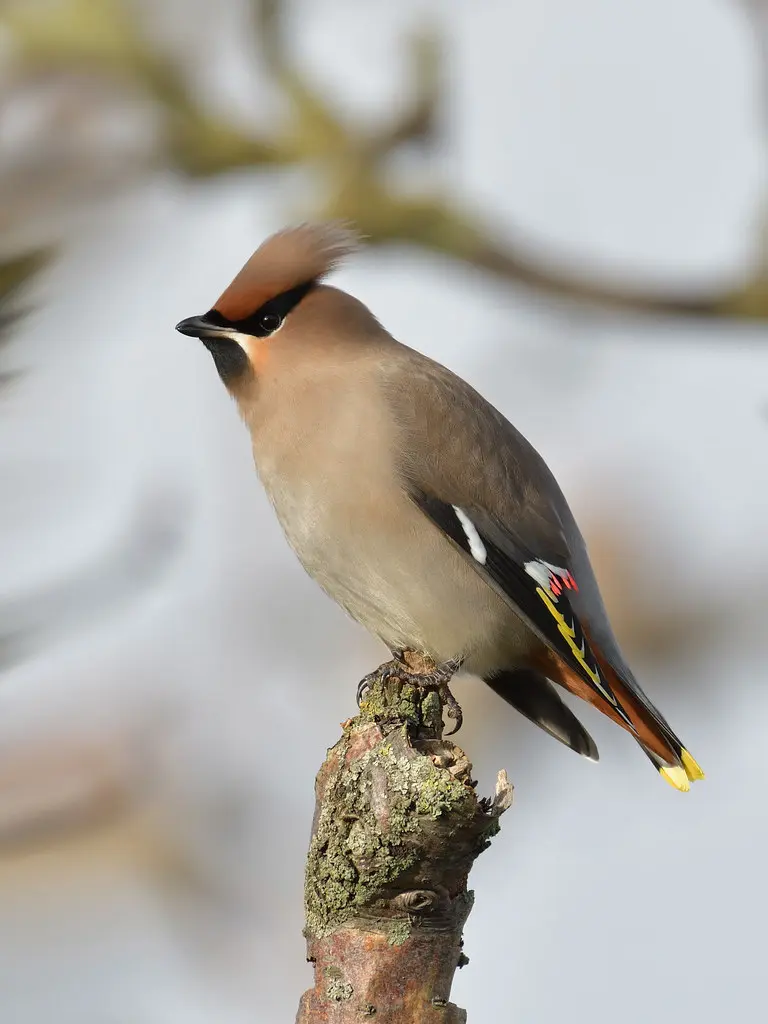
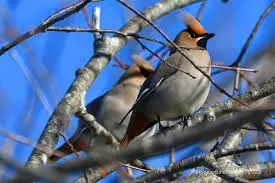
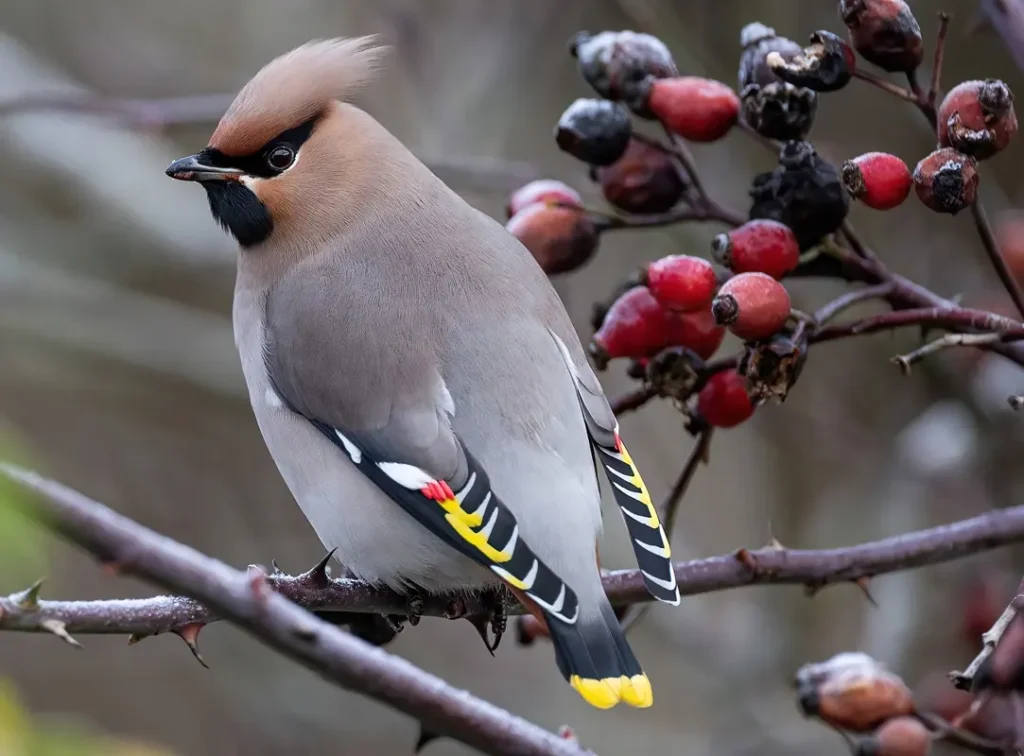
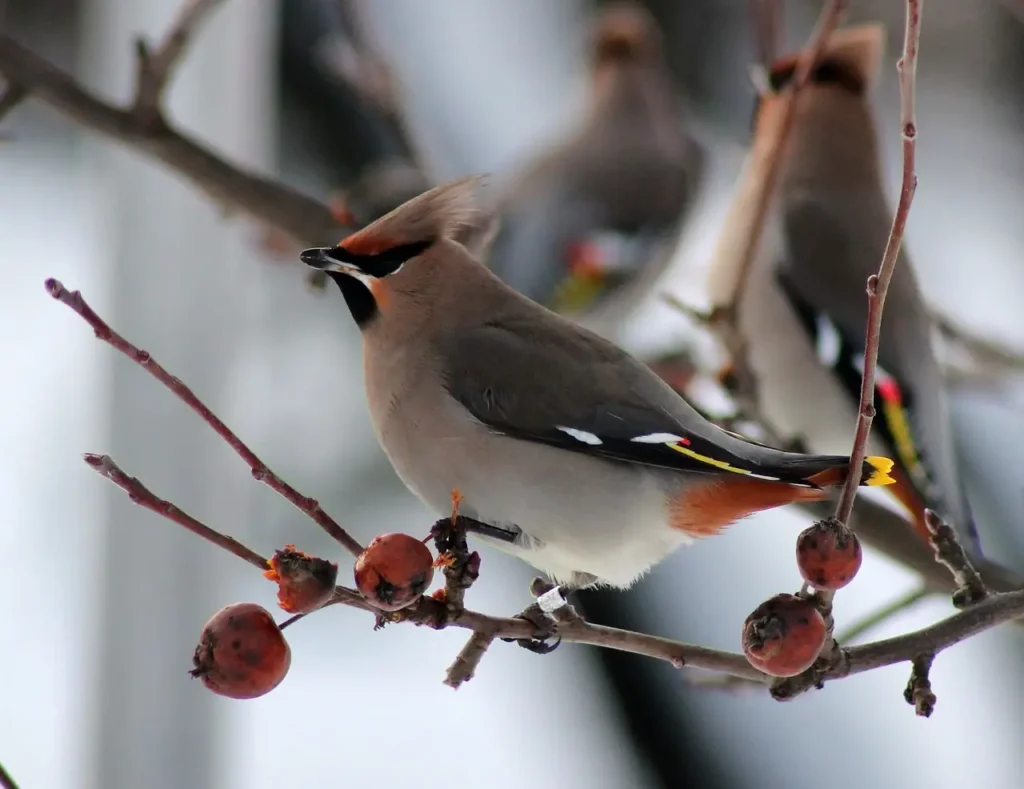
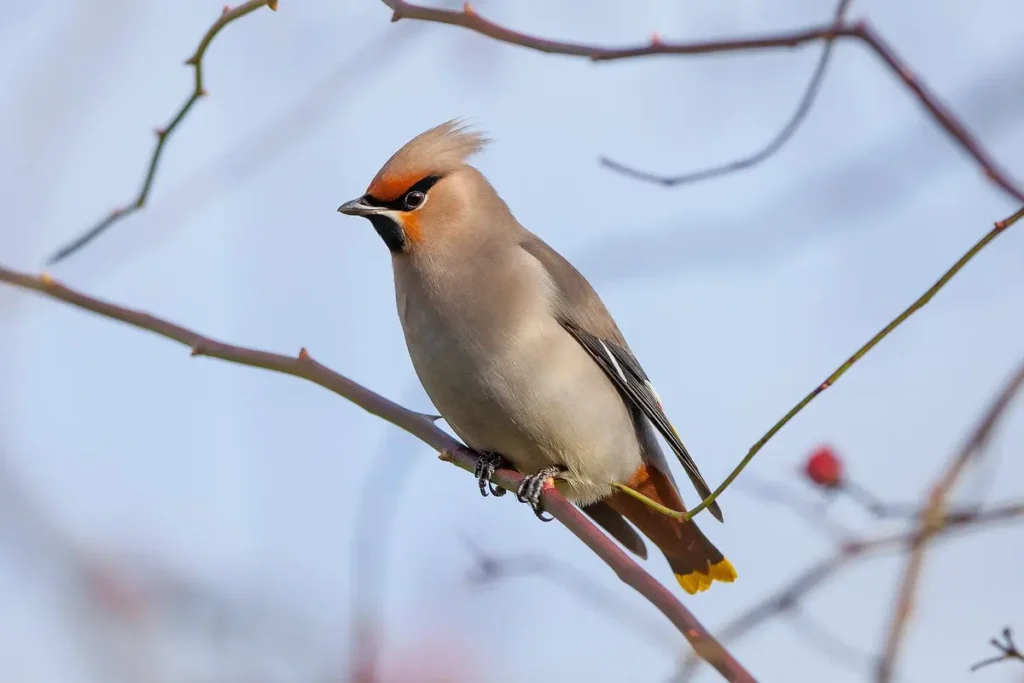
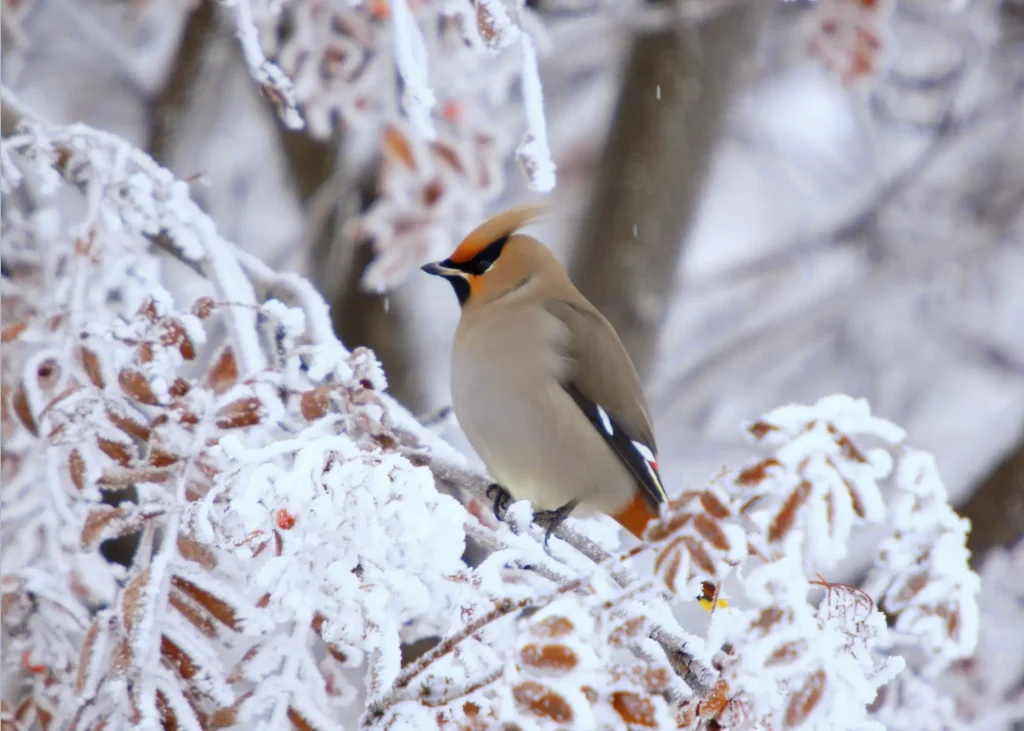
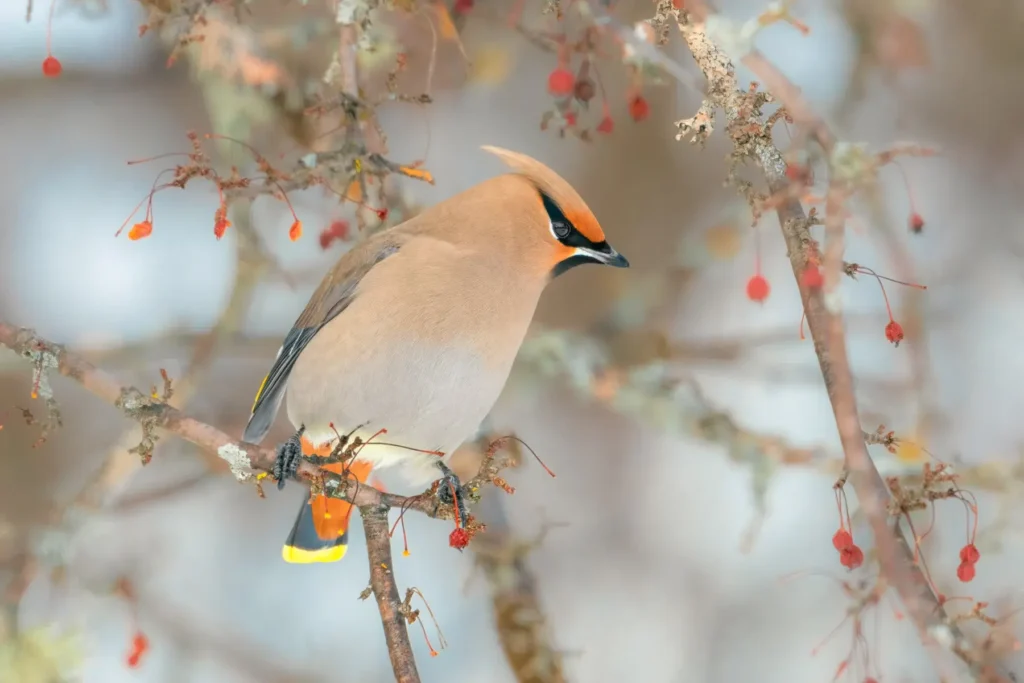
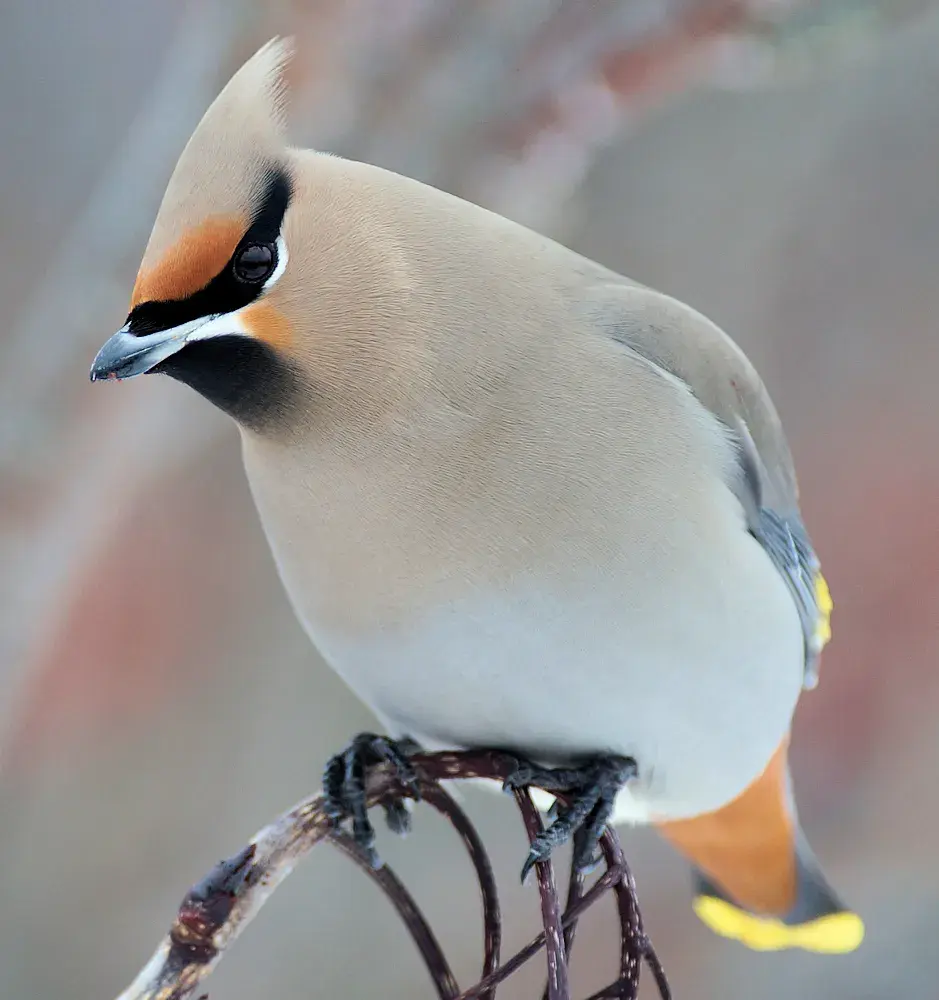
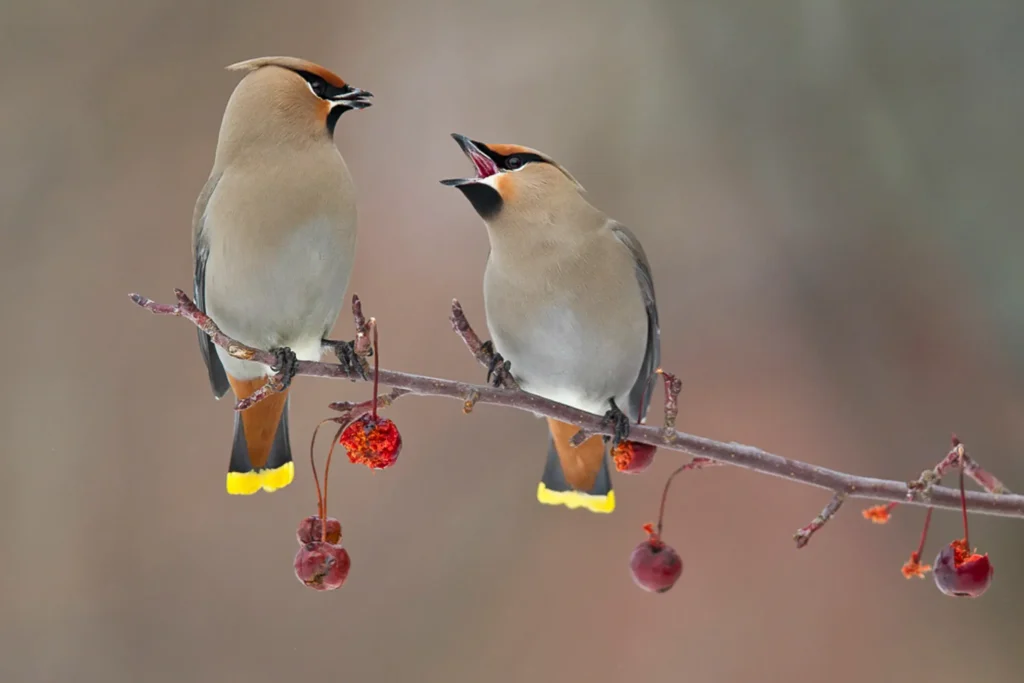
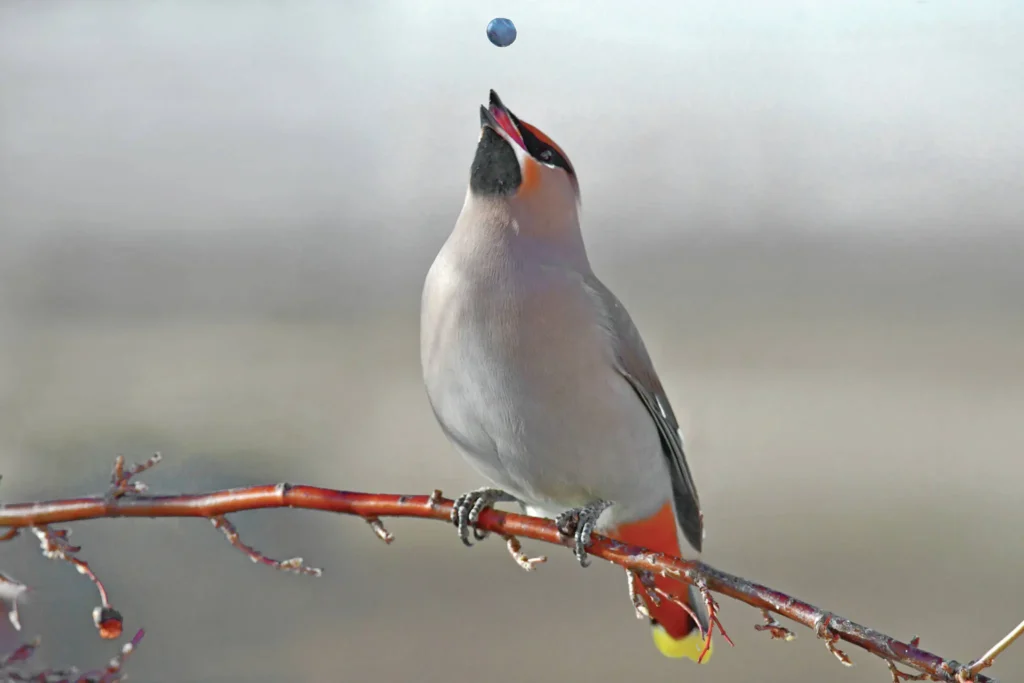
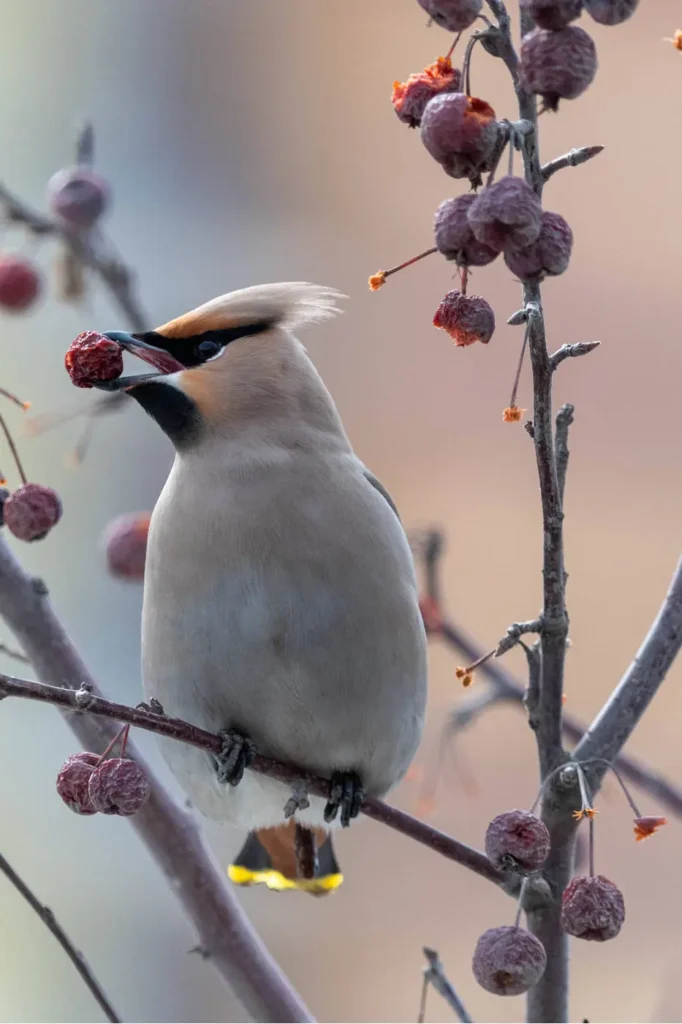
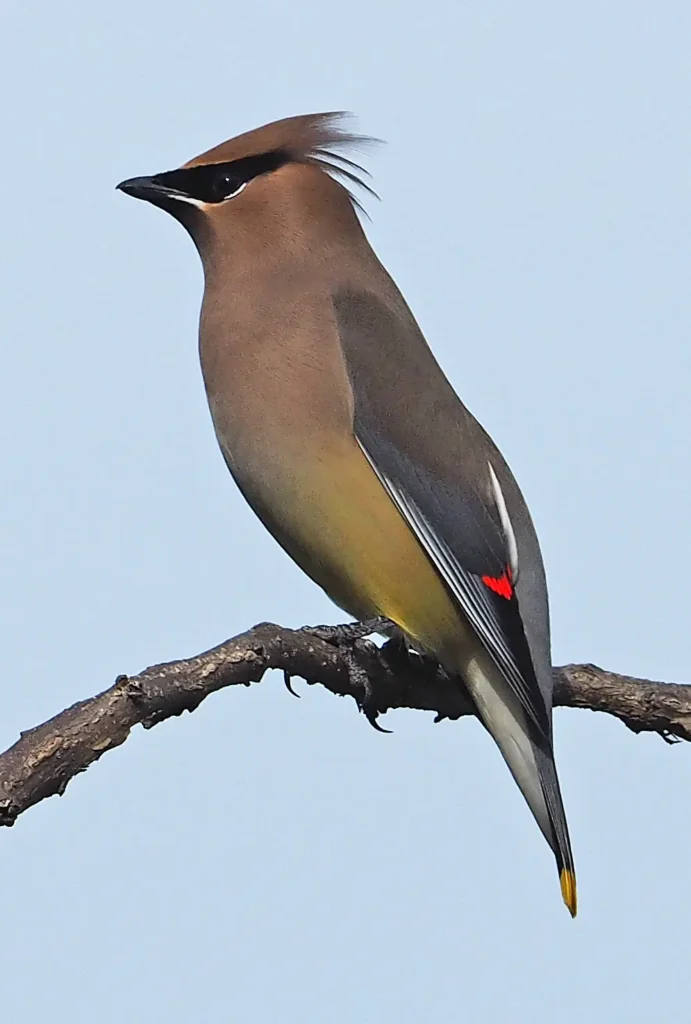
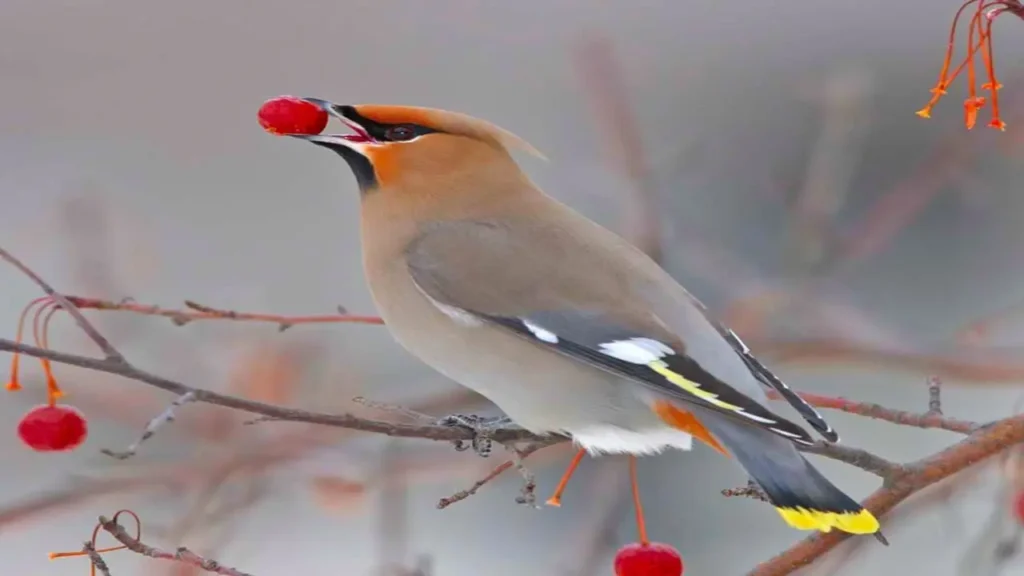
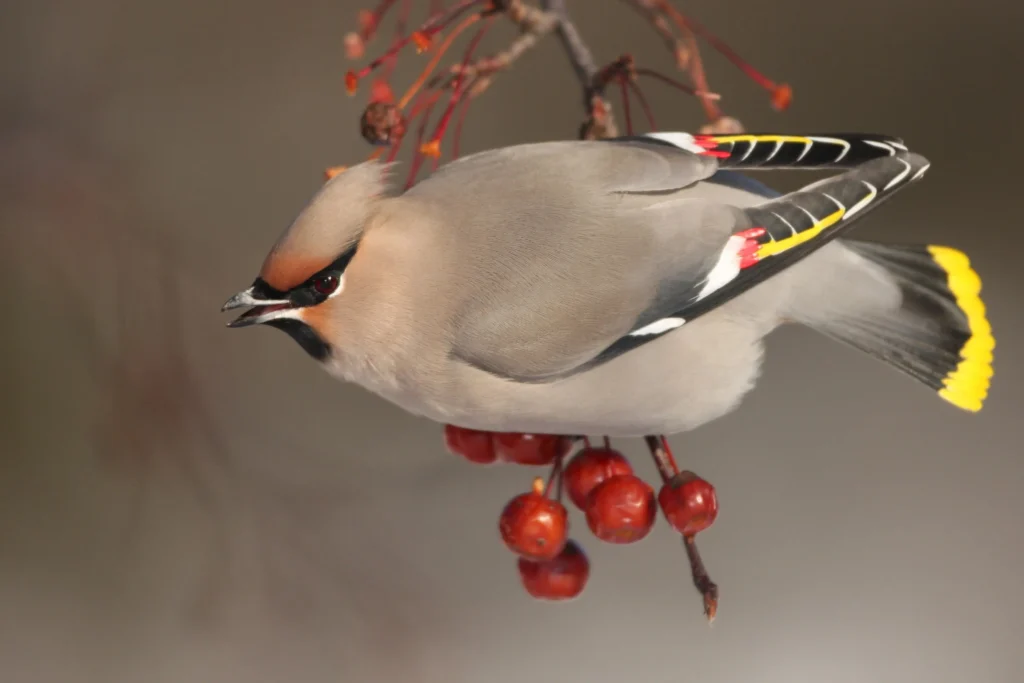
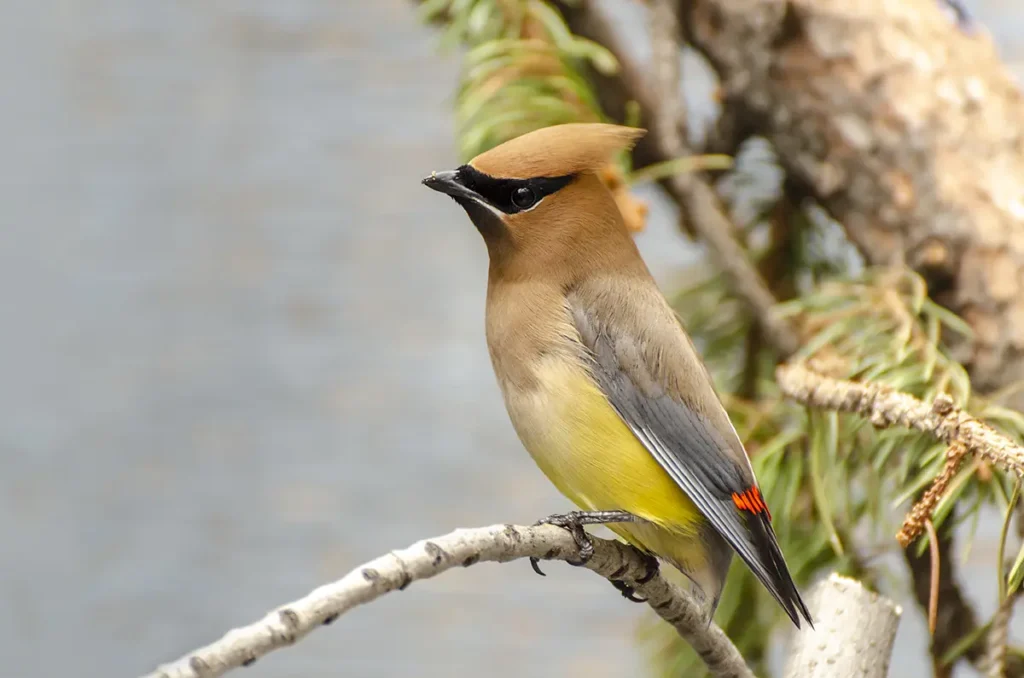
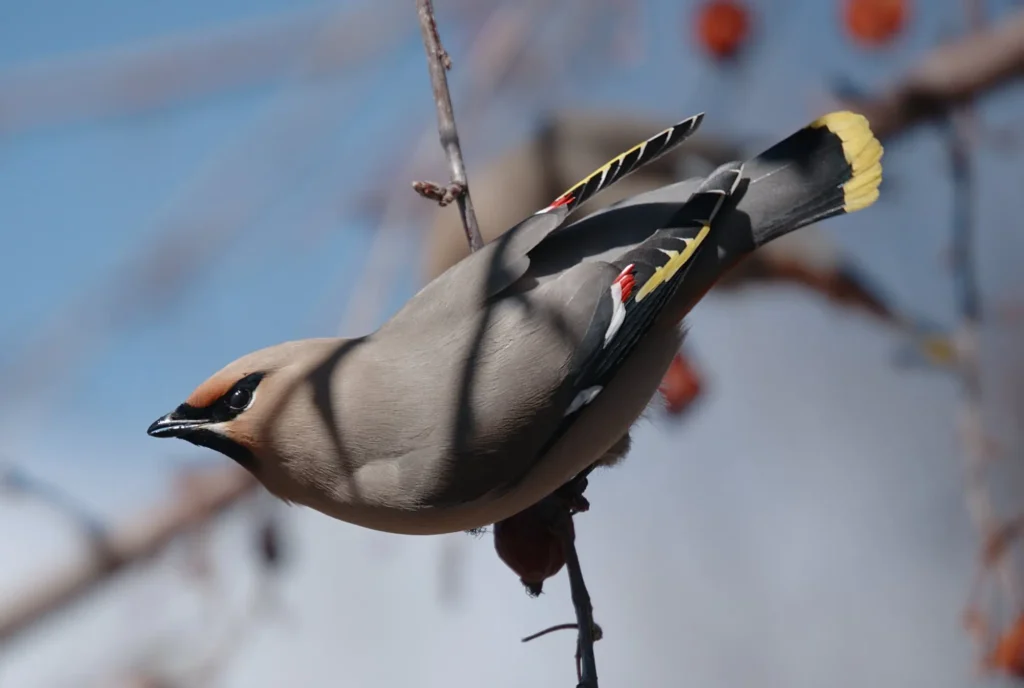
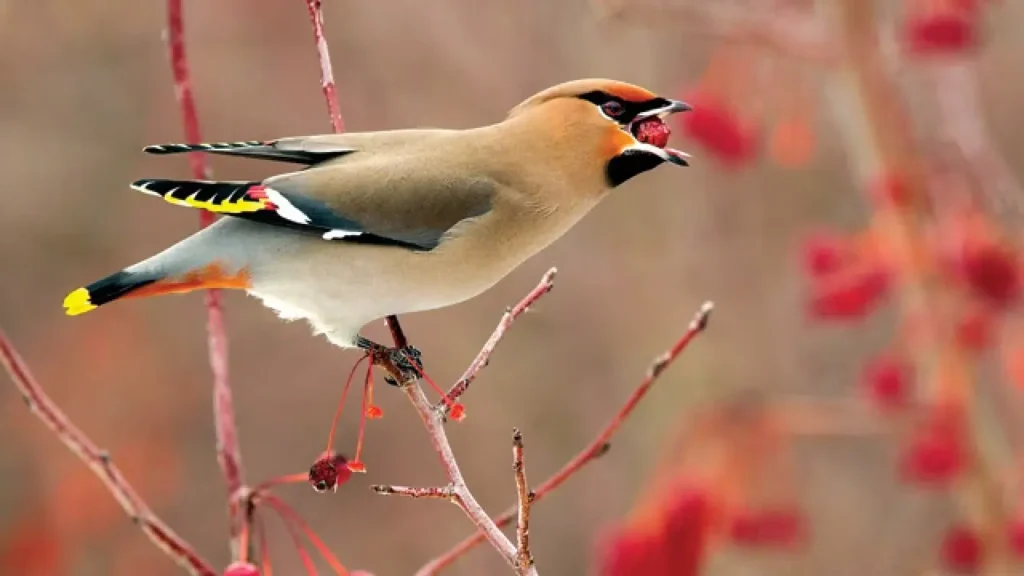
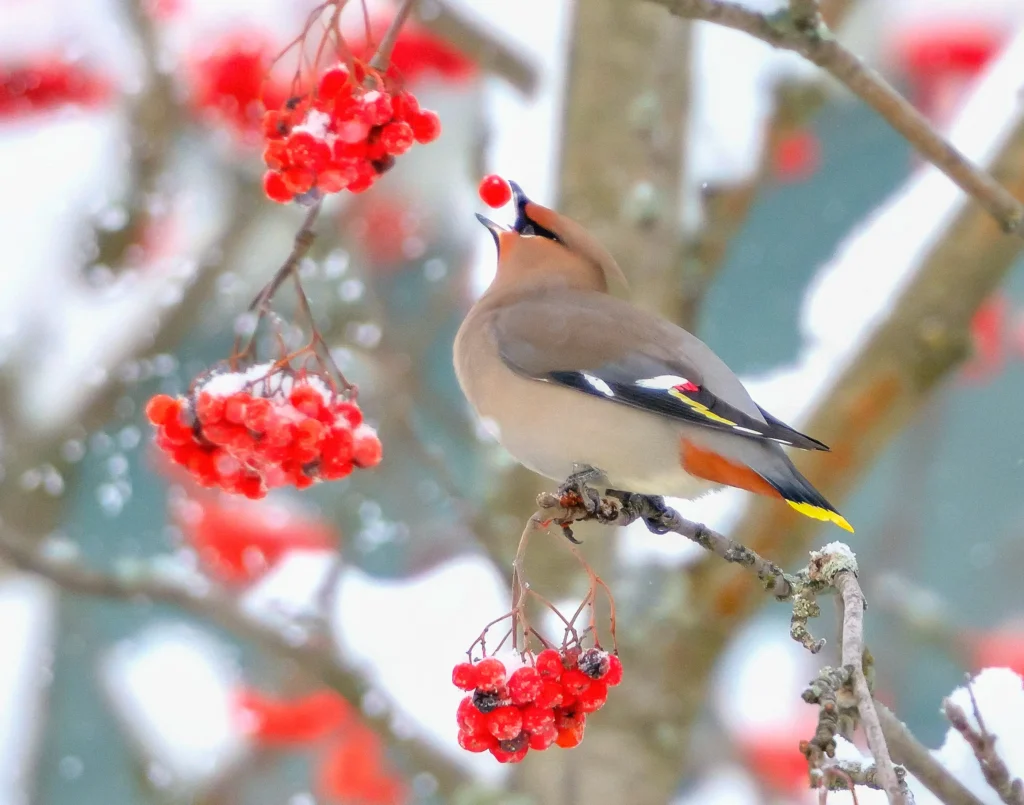
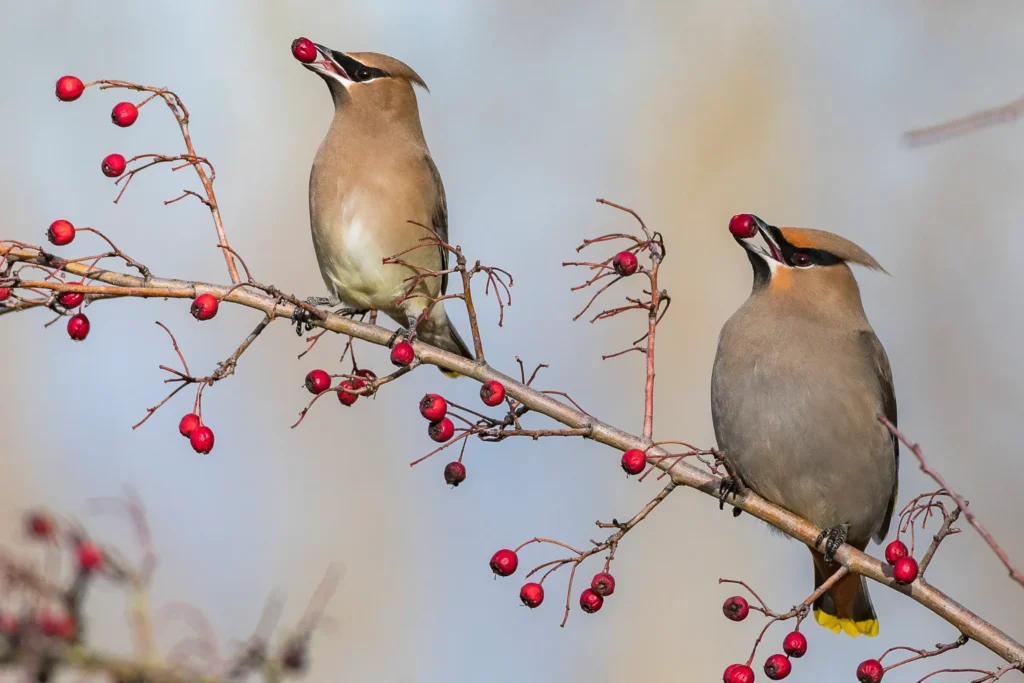
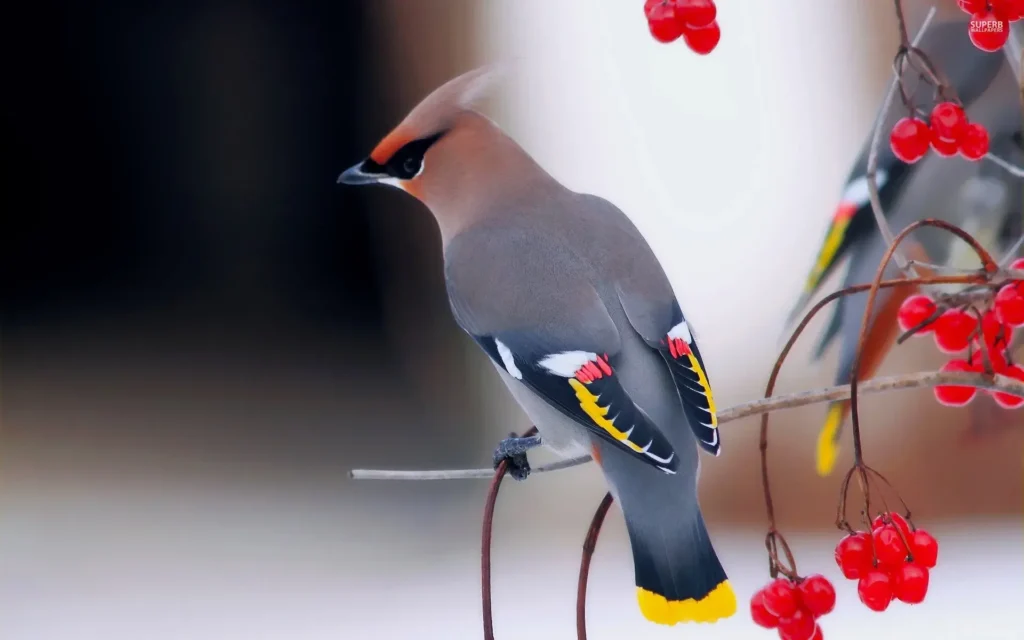
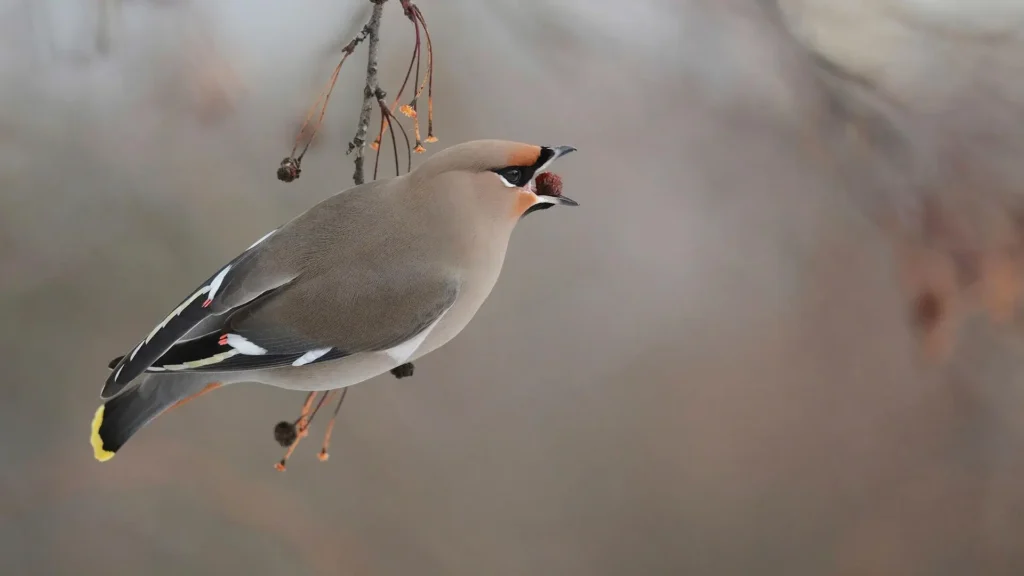
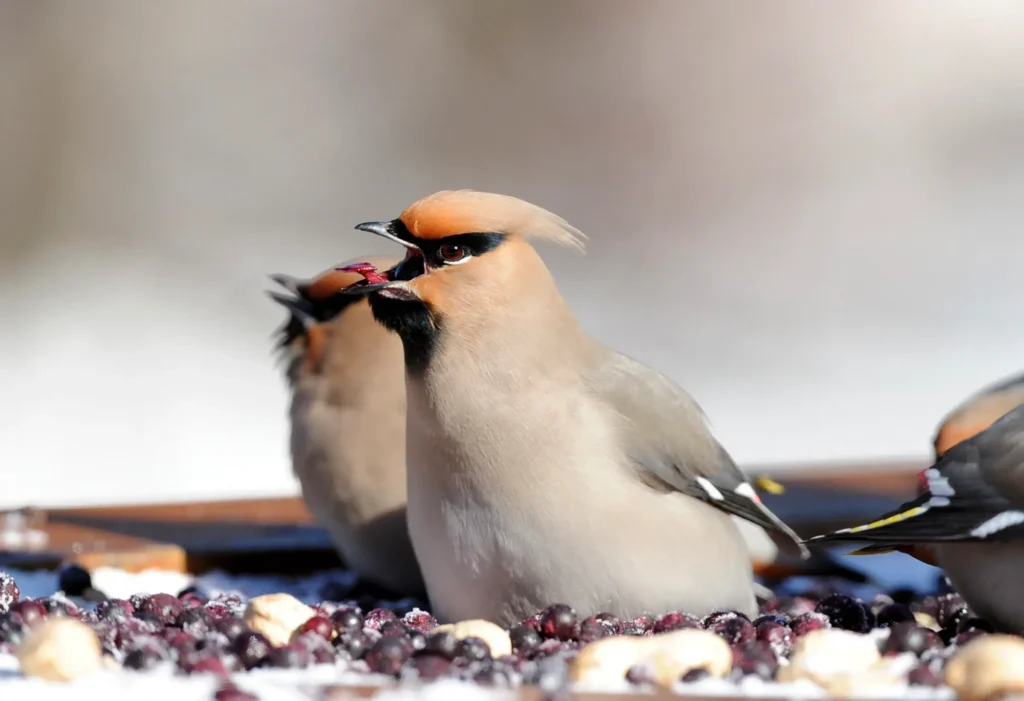
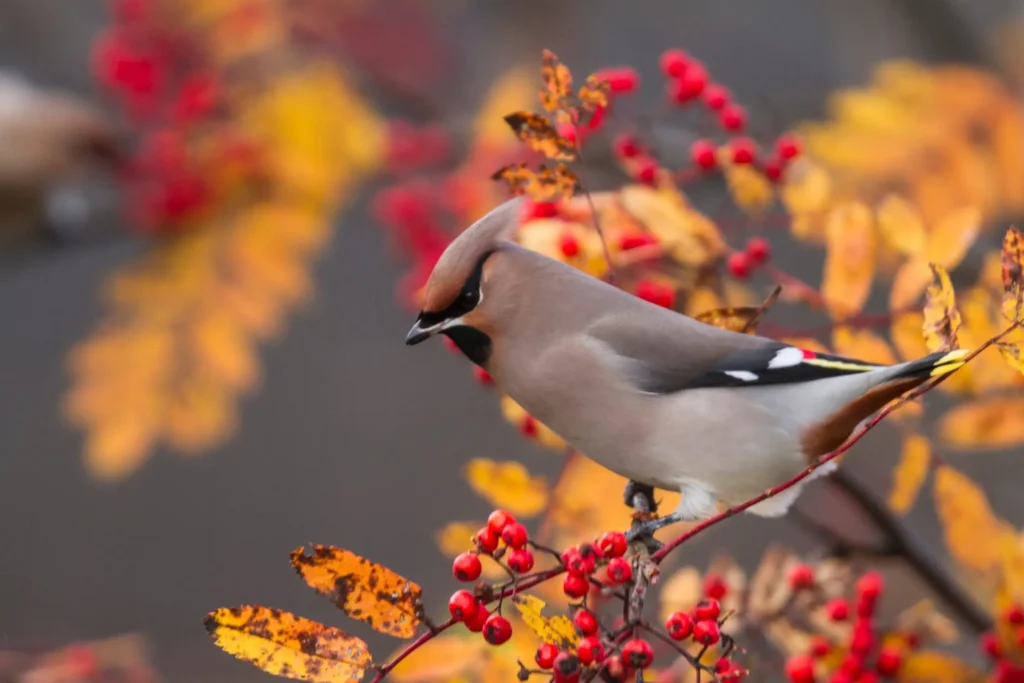
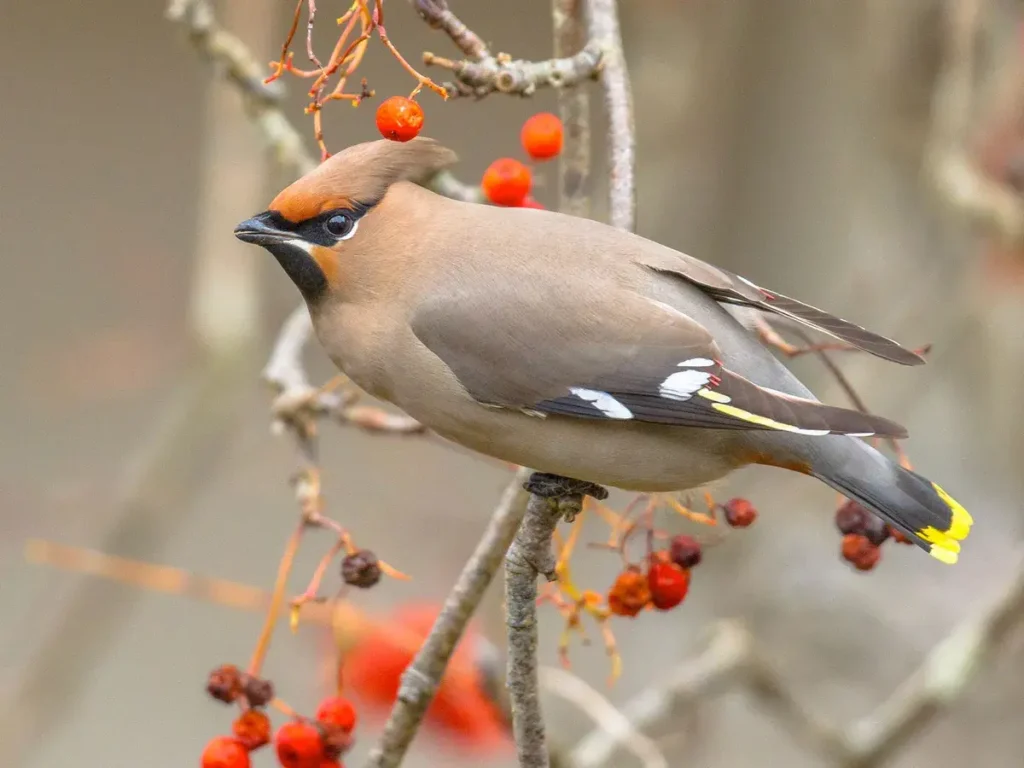
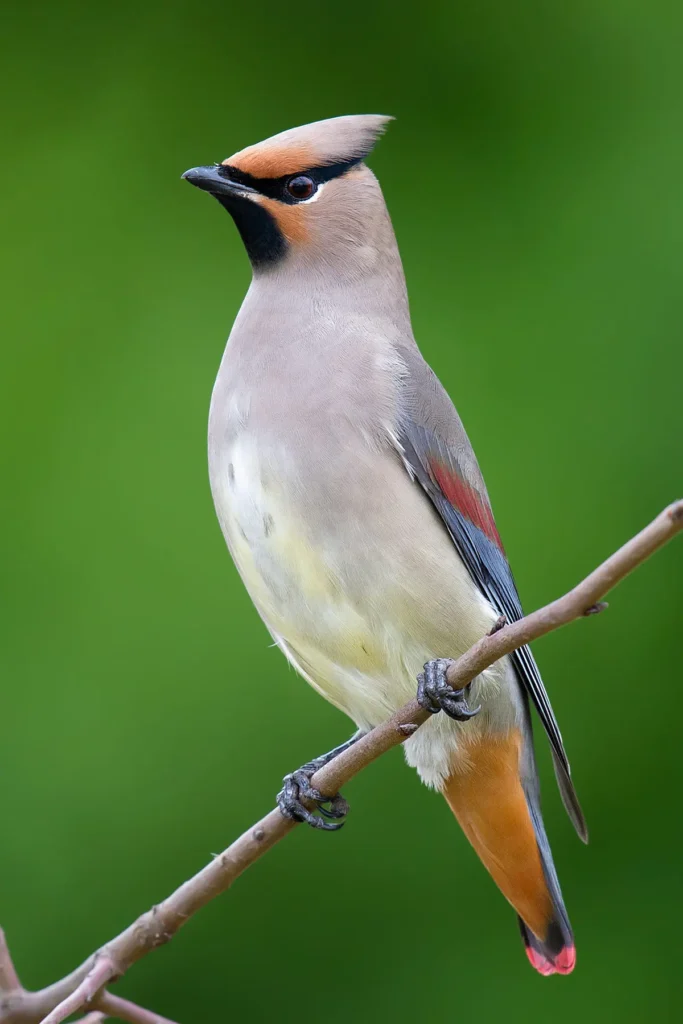
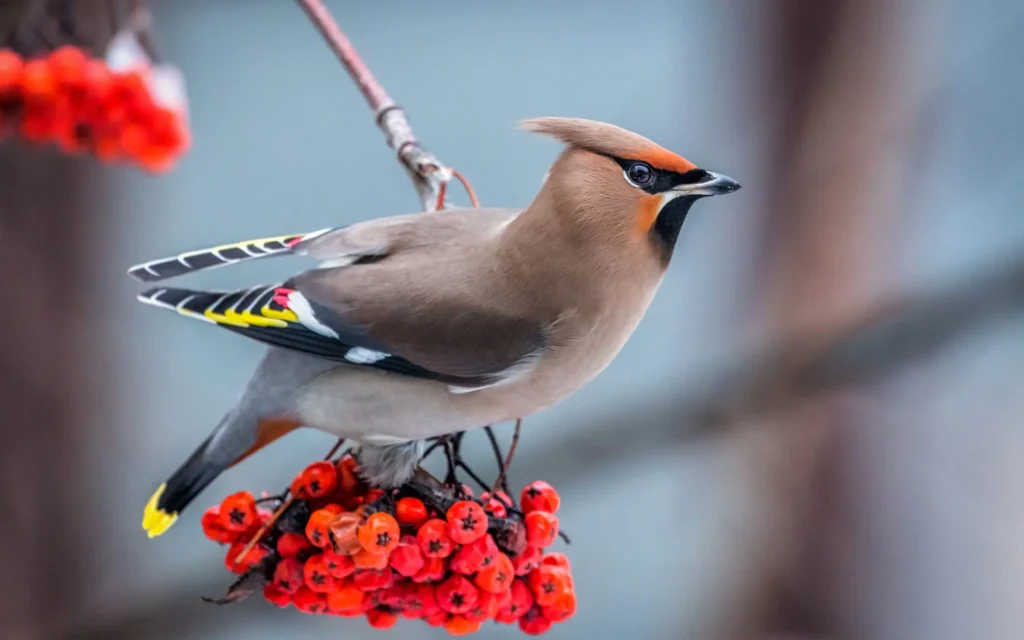
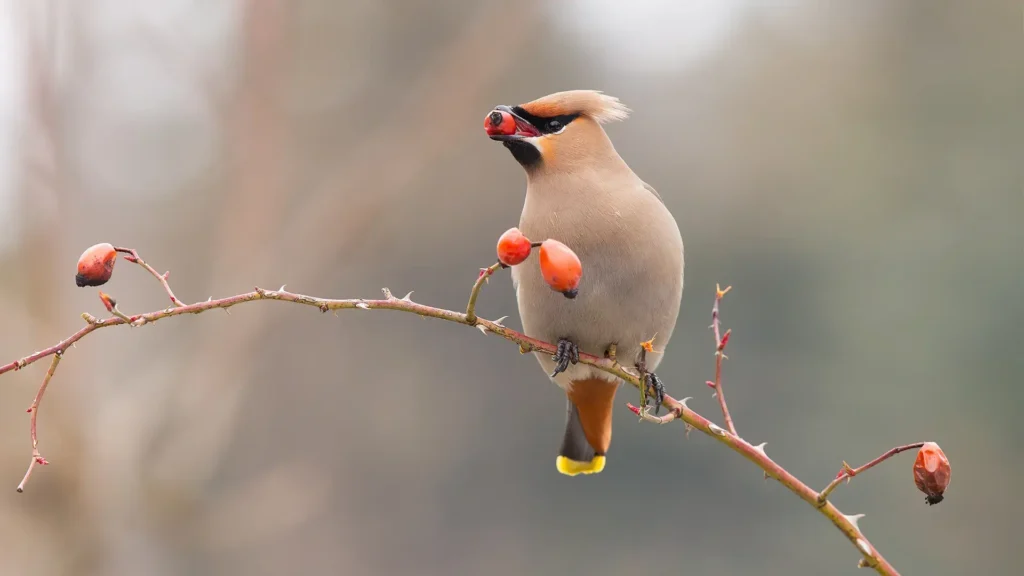
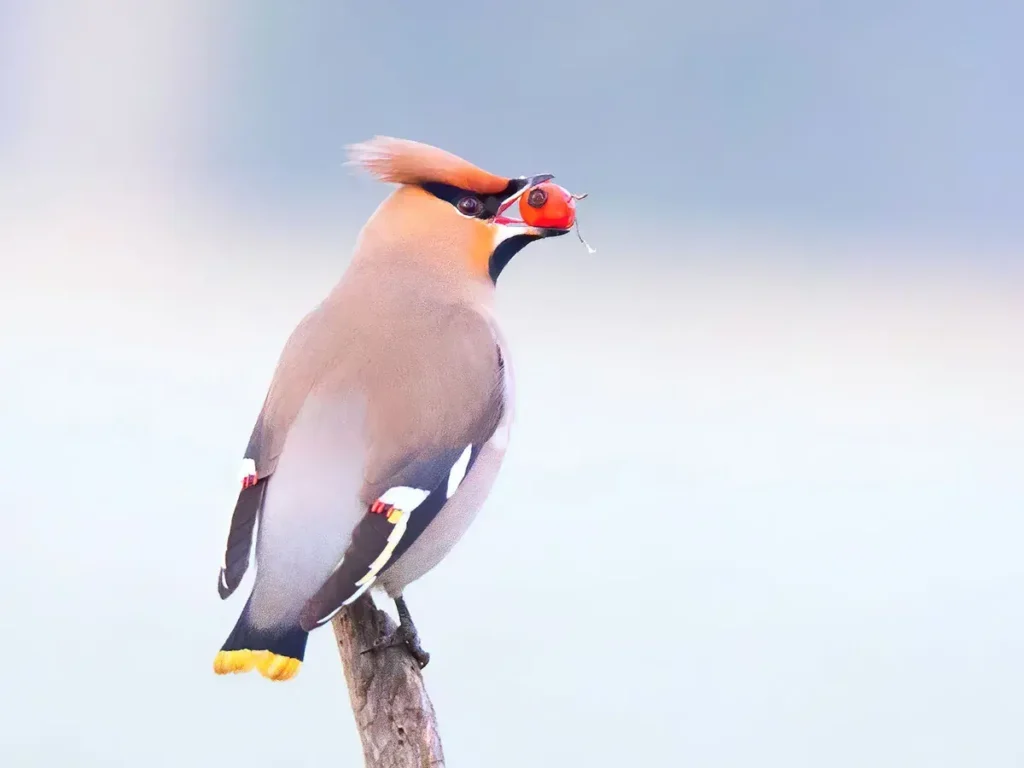
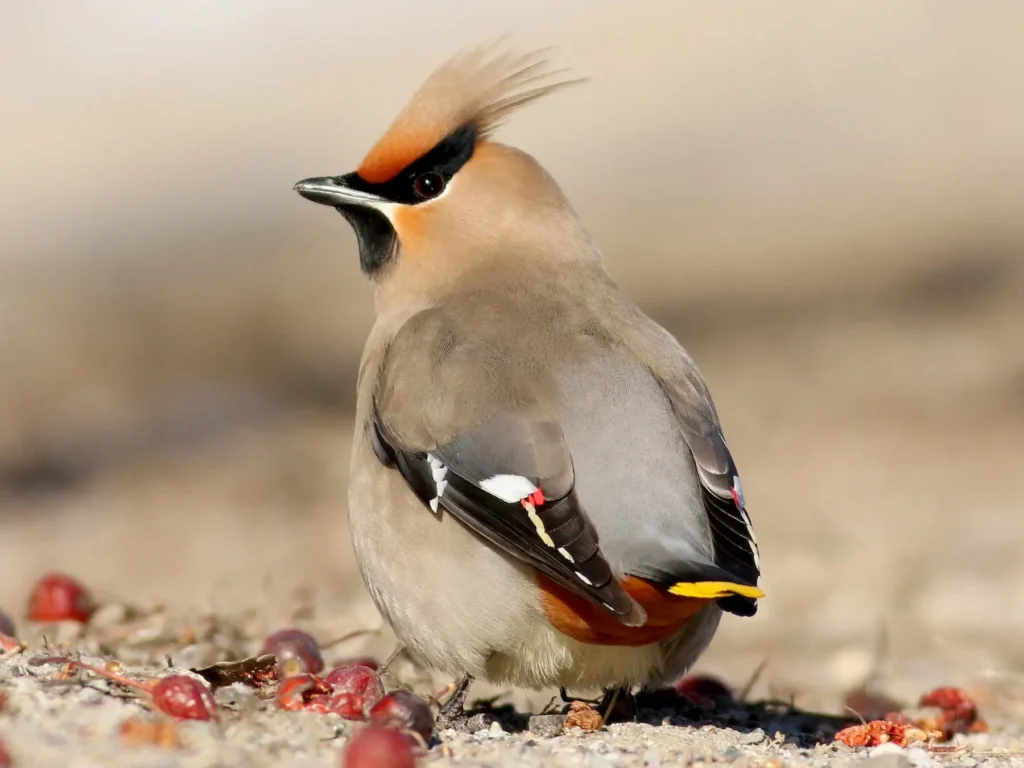
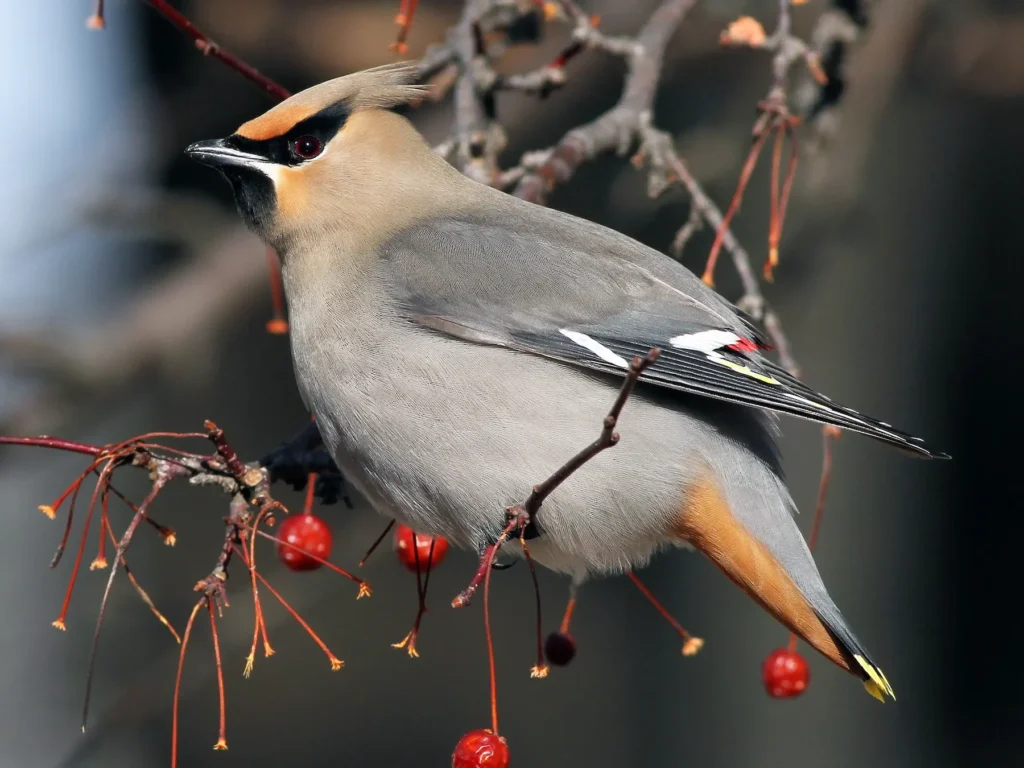

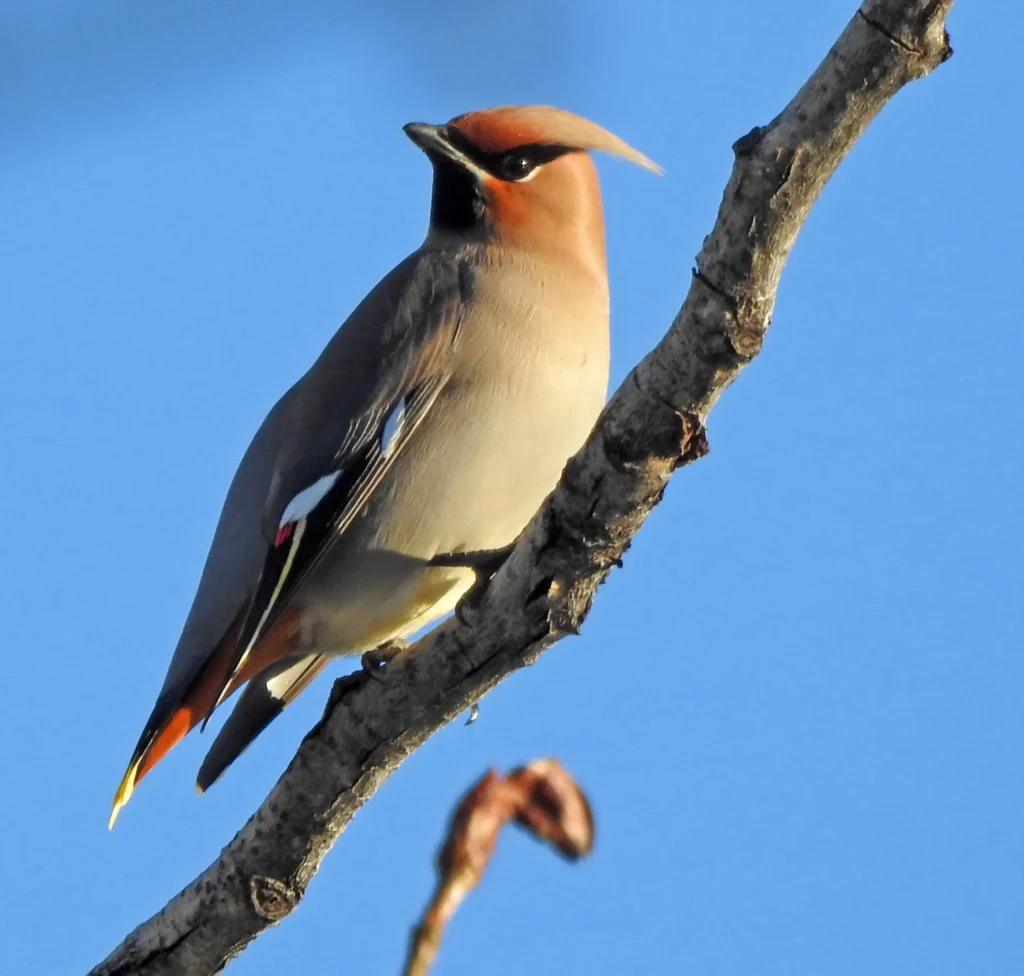
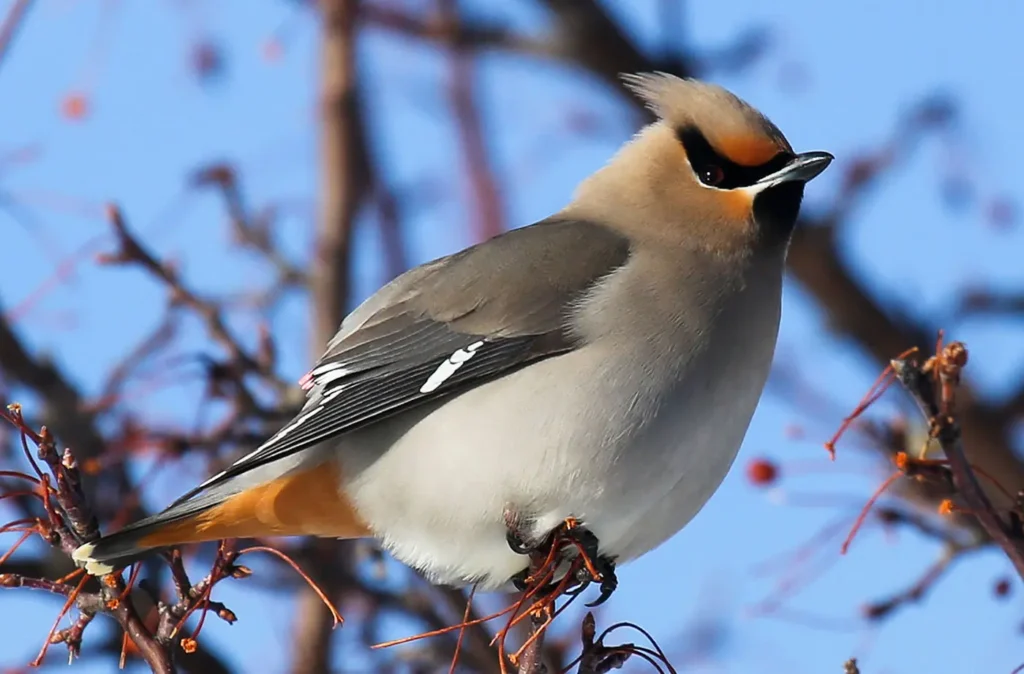
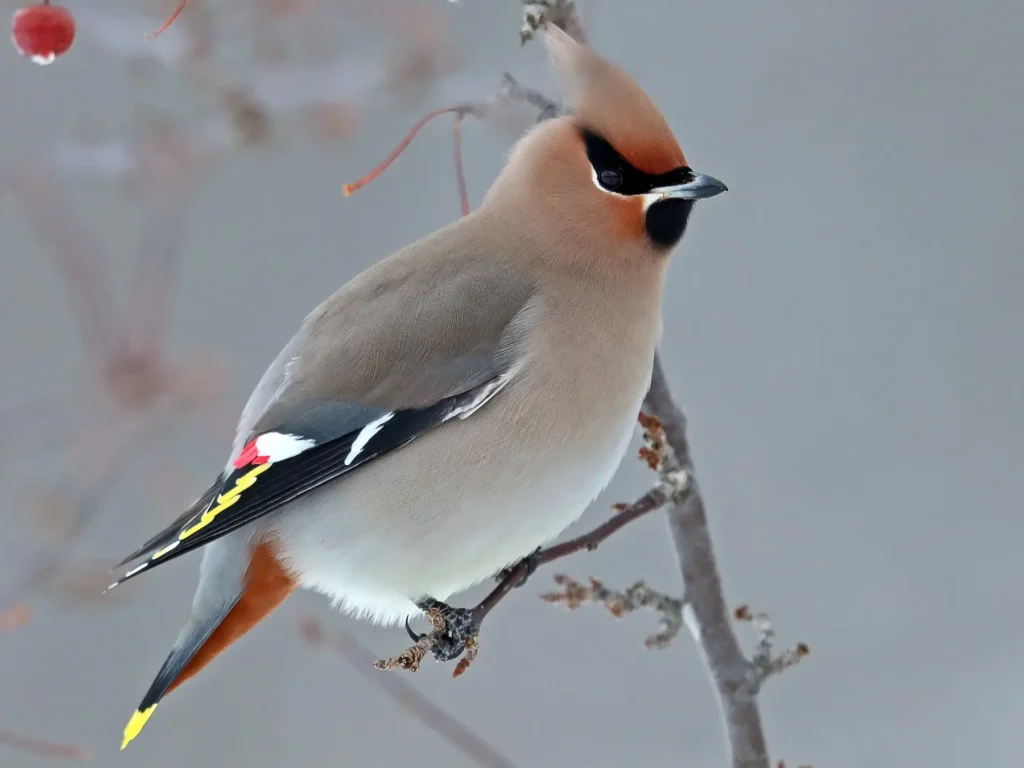
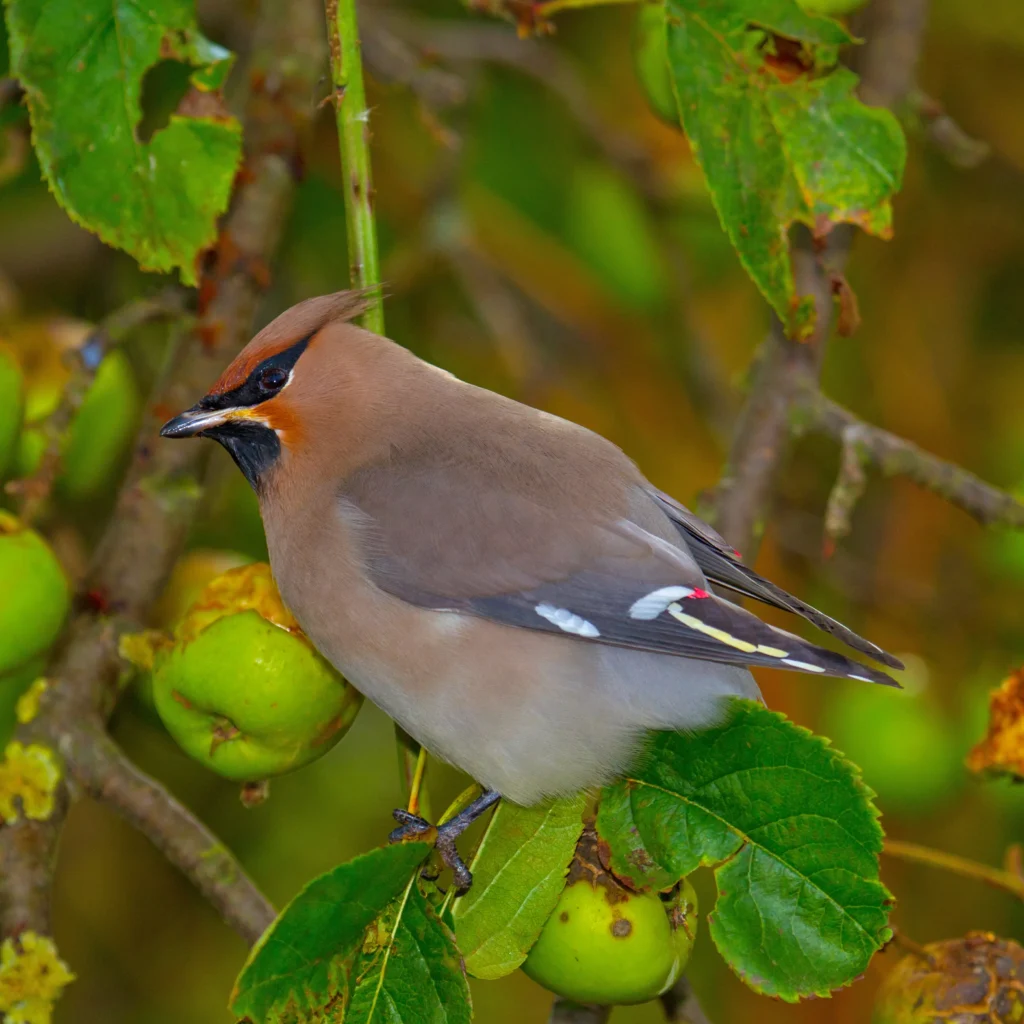
Facts about Bohemian Waxwing
In this article, we will delve into the fascinating world of the Bohemian Waxwing, exploring its appearance, habitat, diet, behavior, and the conservation efforts aimed at protecting this remarkable species.
The Bohemian Waxwing is a medium-sized songbird that belongs to the family Bombycillidae. It is primarily found in the northern regions of North America, Europe, and Asia, with its breeding grounds extending across boreal forests and taiga habitats. One of the most striking features of the Bohemian Waxwing is its silky plumage, which is predominantly gray-brown in color, complemented by a subtle peachy wash on the face and chest. The bird’s most distinctive trait is its bright yellow-tipped tail, along with unique red wax-like droplets on the tips of its secondary wing feathers.
These wax-like droplets, known as “waxy tips,” are believed to play a role in social signaling among Bohemian Waxwings. They are more pronounced in adult birds and are thought to indicate maturity and dominance. The crest on their head can be raised or lowered, depending on their mood and level of excitement, adding to their overall charm.
Bohemian Waxwings are highly sociable birds and often form large flocks, especially during the winter months. These flocks can consist of hundreds or even thousands of individuals, creating a mesmerizing sight as they move in synchronized flight patterns. Their social behavior extends beyond mere flocking, as they engage in cooperative feeding, with individuals passing berries or fruits to one another using their beaks. This cooperative behavior strengthens social bonds and ensures the efficient utilization of food resources.
Speaking of food, the Bohemian Waxwing has a unique diet that primarily consists of fruits, berries, and insects. They are particularly fond of berries such as rowan, juniper, and hawthorn. Their specialized digestive system allows them to digest a high concentration of sugar from these fruits, which provides them with energy during the cold winter months when other food sources are scarce.
Conservation efforts for the Bohemian Waxwing mainly revolve around preserving its natural habitat and protecting its food sources. The loss of boreal forests due to deforestation poses a significant threat to this species, as it heavily relies on these habitats for breeding and foraging. Conservation organizations work to raise awareness about the importance of preserving these ecosystems and advocate for sustainable logging practices to minimize the impact on the waxwing’s habitat.
In conclusion, the Bohemian Waxwing is a captivating bird species with its stunning plumage, unique behaviors, and sociable nature. Its presence in the wild adds vibrancy to the boreal forests and taiga habitats it calls home. By understanding and appreciating these remarkable birds, we can contribute to their conservation and ensure that future generations can enjoy the beauty and wonder of the Bohemian Waxwing.








